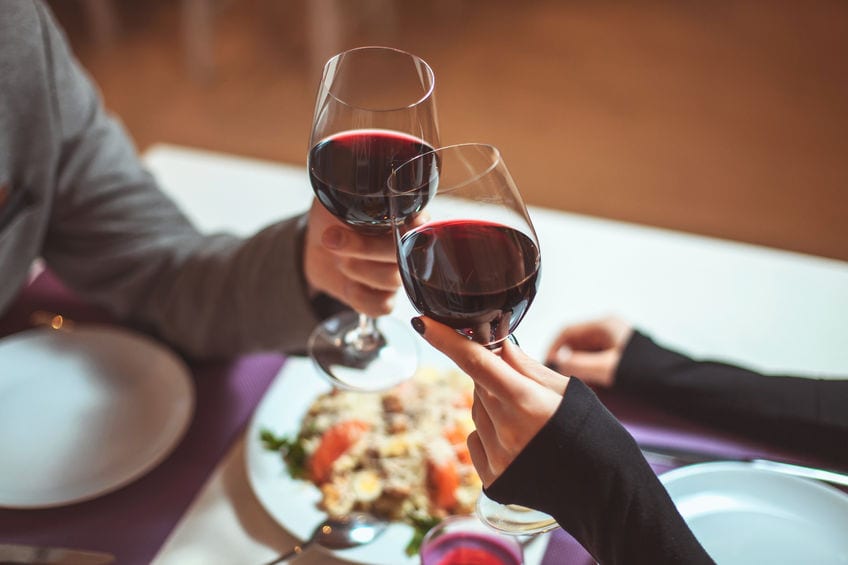Testing of potential suitors is an exhausting, expensive and occasionally toxic procedure. The FDA, or Federal Dating Authority, has established a new system for online dating for healthcare professionals in order to streamline the process in the modern age.
Phase I
Phase I studies assess the safety of interaction and any potential toxicity.
This initial phase of testing, involves two hopefully healthy volunteers (three or more have been tested in certain parts of California or Burning Man) introduced into a social environment to gauge the reaction. Most experiments involve alcoholic solvents to catalyze the interaction, hereafter known as “dates”. Dates are often subjected to adverse conditions such as bad hair days, wardrobe malfunctions, and people who don’t look like their pictures.
Costs of phase I trials are considerable and include huge bar tabs, hangovers, one night stands, and regret. If the subject is toxic or there is a lack of chemical reaction, the study is considered a failure. Approximately 25% of these studies go on for further testing.
Phase II
Phase II studies test the efficacy of a potential relationship. This second phase of testing can last from weeks to months, and involves at least a dozen dates. After Phase I trials have determined no gross toxicity, more rigorous testing is done in the form of couples travel, trivia nights, or Netflix and chill.
In urban environments, most Phase II studies are randomized as both experimental subjects are going on dates with other subjects, until the efficacy of a committed relationship is established. These experiments are often “blinded” as both subjects will use obfuscation to conceal their other trials.
Compatibility of chemistry is established in this phase. Alcoholic catalyzation is often not required but some researchers experiment with ropes, latex or costumes.
In this phase, the Inquisition of Relatives and Buddies, hereafter known as the IRB, will assess the effectiveness of the trial. Commonly used phrases include “hot mess”, “loser” and “gold digger”. In the rare case that the IRB approves a trial, it will consider the experimental subject “A catch.” This often marks the end of Phase II trials.
The exact numbers are not known, but it is estimated that approximately five percent of all experiments will complete Phase I and Phase II trials.
Phase III
Phase III studies involve randomized and blind testing in any number of environments, from your uncle’s wedding, arguing about what to order on Eat24, or getting sunburned in Hawaii. This large-scale and rigorous testing, which can last for years, provides the FDA and IRB with a more thorough understanding of the effectiveness of the dude or dudette, the benefits and the range of possible adverse reactions.
At this Phase, most experimenters will focus on a single experiment, often giving up other experiments and even other pet projects known as friends, hobbies, and family. Subjects often slow down, grow in size, and forgo concerts and nightclubs for more stable environments.
Once Phase III is complete, the experimenter can request that the IRB green light the subjects for Phase IV, known as the Wedding.
